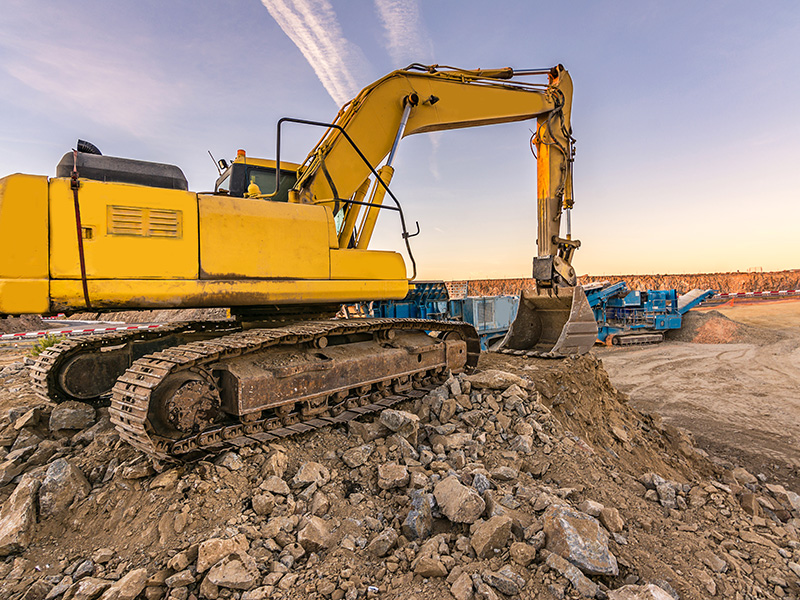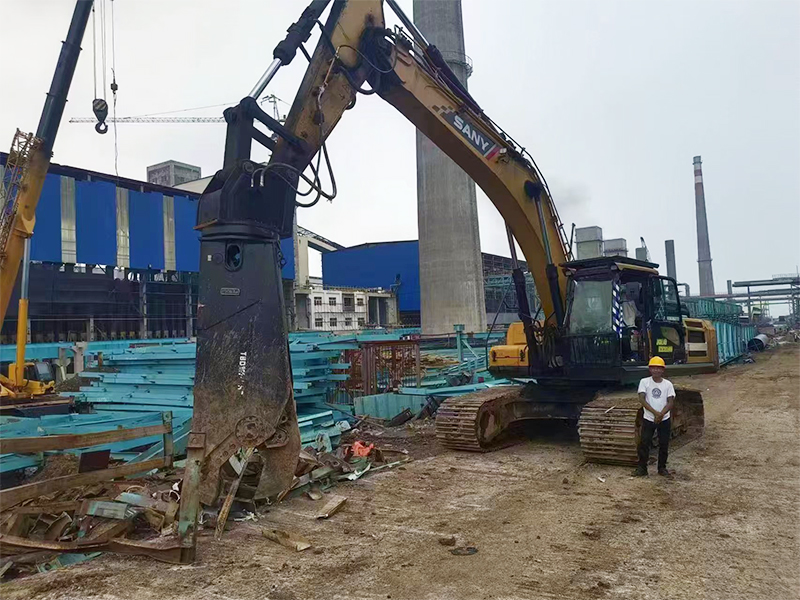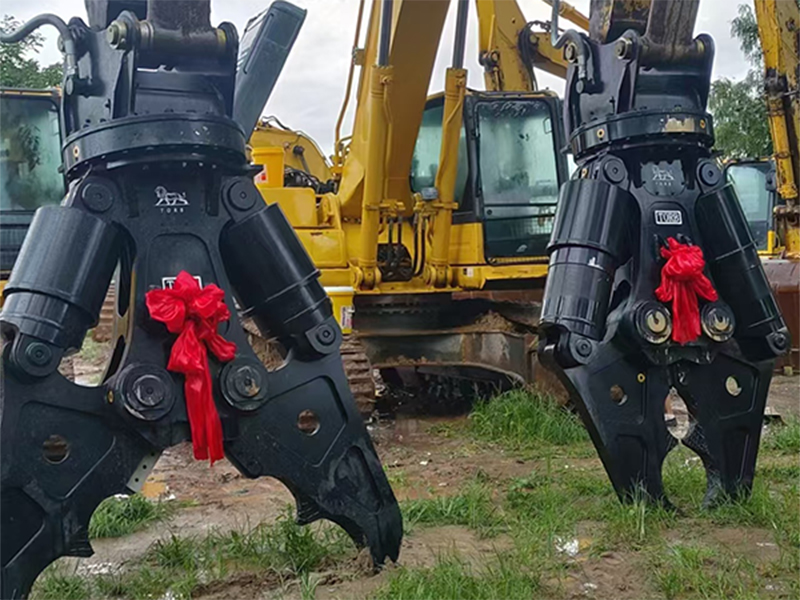The Excavator Industry Has Seen A Turnaround: Domestic Demand Surged By 25.6%, And The Penetration Rate Of Electrification Soared By 418%

In June 2024, the Chinese excavator industry ushered in a long-awaited dawn. The latest data from the China Construction Machinery Industry Association shows that the total sales of excavators in June reached 16,603 units, a year-on-year increase of 5.31%, of which the domestic market sales increased by 25.6% to 7,661 units. This data not only shows the recovery momentum of the excavator industry, but also indicates that the Chinese construction machinery industry may be coming out of the trough and ushering in new development opportunities.
Domestic market demand is picking up, and infrastructure investment has become the main driving force
The excavator industry serves as a barometer of the macroeconomy, and its sales changes often reflect the overall economic situation and investment trends. The significant growth in sales in the domestic market in June this year is closely related to a series of stimulus policies recently introduced by the central and local governments. Especially in the field of infrastructure construction, the government's increased investment has directly driven the demand for construction machinery. In addition, marginal improvements in the real estate market have also had a positive impact on the excavator industry. Analysis by Dongguan Securities pointed out that the year-on-year decline in data such as the cumulative amount of investment in real estate development and the cumulative sales area of commercial housing continues to narrow, which will contribute to the recovery of demand for construction machinery.
The recovery of the excavator industry is not only reflected in single-month data. Judging from the overall performance in the second quarter of this year, it has achieved positive growth for three consecutive months. This continuous improvement trend has further strengthened the industry's confidence in the prospects of the industry. A research report from Zheshang Securities predicts that considering that 2015 was the bottom of the previous cycle, based on an 8-10 year update cycle, domestic update demand is expected to bottom out in 2024, and the industry is likely to usher in a new round of upward growth in the future. cycle.
The electrification wave is sweeping the excavator industry, with huge potential in the future
While the excavator industry is recovering as a whole, the electrification trend is advancing at an alarming rate. Sales of electric loaders in June increased by 418.15% year-on-year to 1,570 units, accounting for 14.55% of total loader sales. This astonishing growth rate not only reflects the strong market demand for environmentally friendly construction machinery, but also highlights the rapid progress of China's manufacturing industry in the application of new energy technologies.
The electrification transformation of the excavator industry is not just a temporary craze, but an inevitable trend of future development. A research report from Soochow Securities pointed out that the current electrification rate of global construction machinery is less than 1%, but with technological breakthroughs and cost reductions, the electrification penetration rate is expected to reach more than 30% in the future. Taking China's excavator market as an example, sales in 2023 will be about 195,000 units, which may bring about an annual demand for electric excavators of about 60,000 units in the future. This means that the electrification transformation of the excavator industry will not only promote the technological upgrading of the industry, but will also open up huge market space.
Facing this round of recovery and electrification wave in the excavator industry, Chinese construction machinery companies are actively deploying. Leading companies such as Sany Heavy Industry and Liugong continue to increase investment in research and development, and work in parallel on traditional fuel models and new energy electric models, striving to take the lead in the new round of industry changes.

